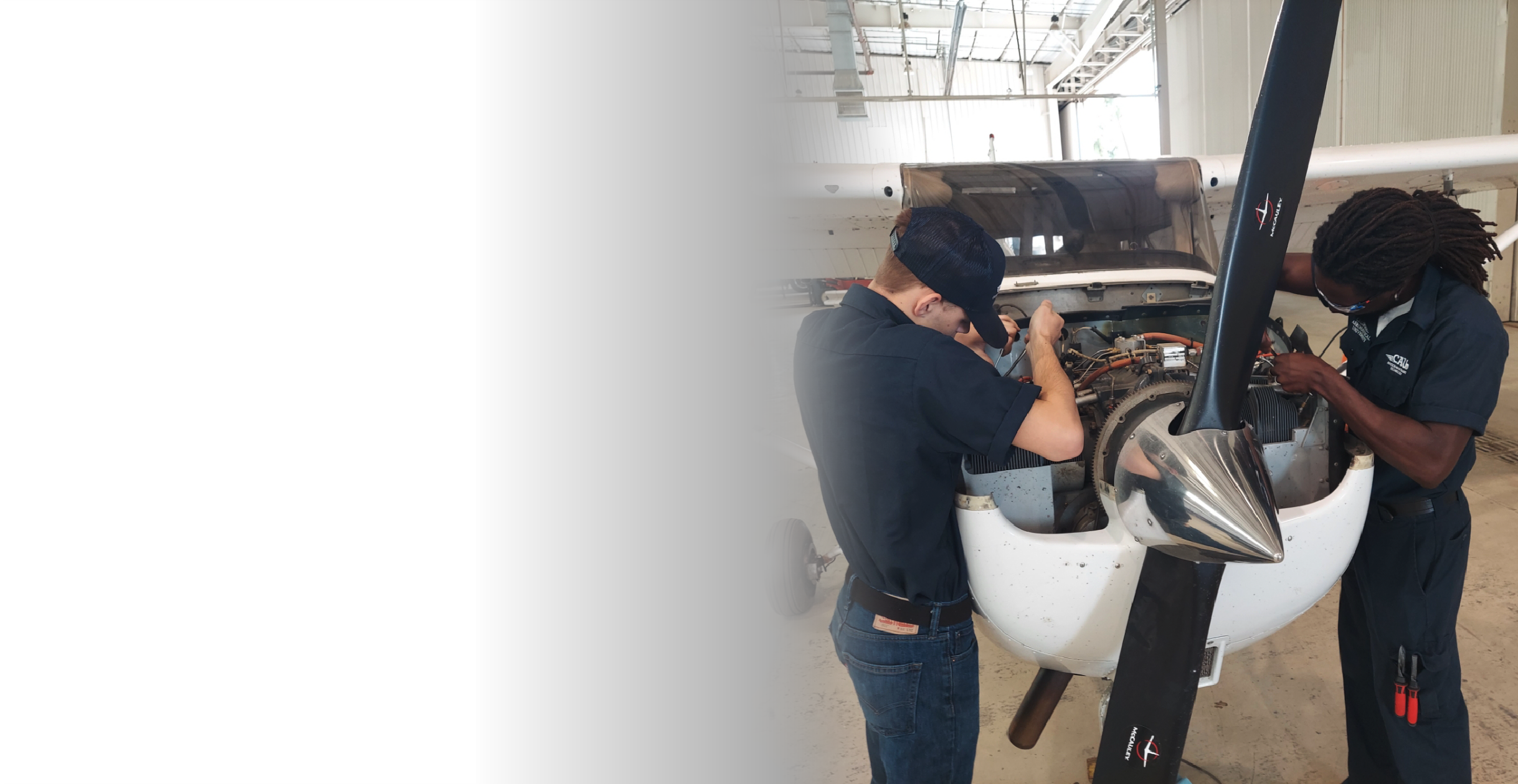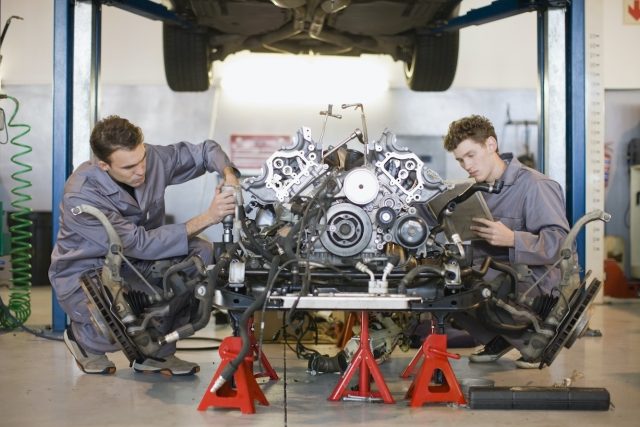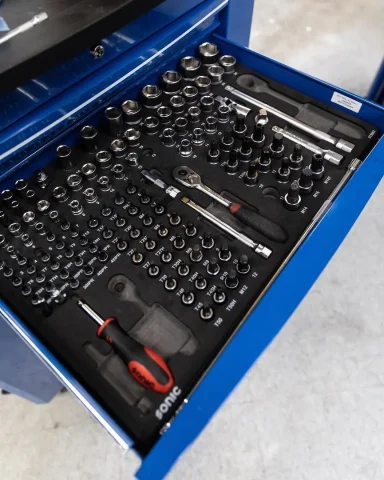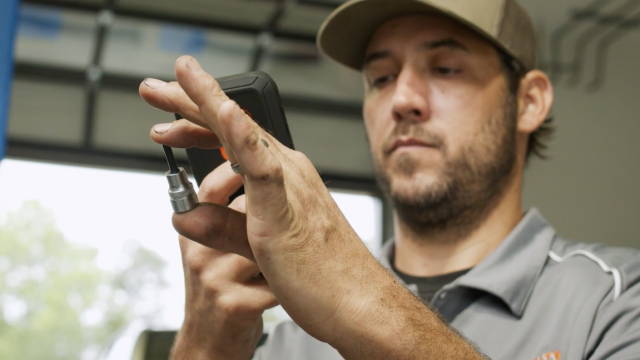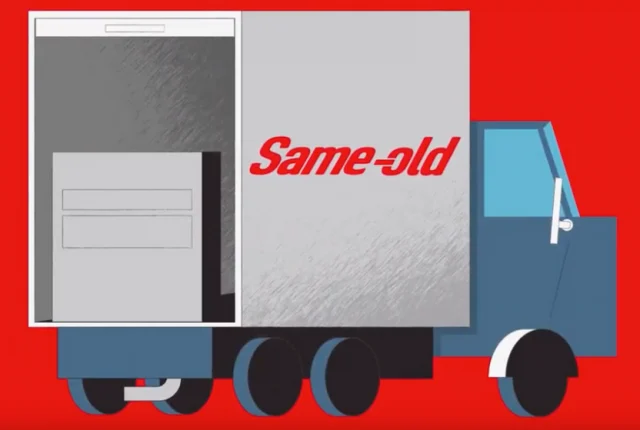Aircraft maintenance isn’t a one-size-fits-all job. The tools that thrive on the line can slow you down in the hangar, and vice versa. Whether you’re working gate-side or deep in scheduled maintenance, you need professional tools built for your environment.
Whether you’re a new A&P or seasoned tech, here’s how the demands shift between line and base maintenance—and what to look for when building out a setup that works as hard as you do.
Understanding the Operational Divide
Line maintenance is time-critical and reaction-based. It happens on the ramp, at the gate, or on the tarmac—where flight schedules leave no room for hesitation. The work can range from sensor swaps and hydraulic checks to oxygen servicing and quick avionics diagnostics. In this environment, tools need to be compact, mobile, and intuitively organized. There’s no room for clutter and no time to second-guess what you brought to the job.
Base maintenance is deeper, methodical, and often guided by scheduled inspections or OEM service intervals. You’re working nose-to-tail on airframes, opening up panels, servicing engines, and executing major system overhauls. Your toolkit has to be expansive, covering both general and platform-specific needs. Organization and precision are just as critical, but the scope of tooling required is broader, and setup must be optimized for repeated use over long periods.
Line Maintenance: Built for Efficiency
If you’re working the line, your tools need to move with you. Portability, speed, and smart layout matter. Essentials include:
- Compact ratchets, stubby wrenches, and quick-release sockets for tight quarters
- Low-range torque wrenches
- Wire strippers, crimpers, and cutters for quick electrical tasks
- Inspection mirrors, headlamps, and UV lights
- Mobile tool cases with foam inlays to prevent FOD
- Safety gear like gloves, kneepads, and reflective vests
Visual tool control is a non-negotiable here. When every tool has a designated spot—and every empty space signals what’s missing—you eliminate guesswork and speed up turnaround times.
Base Maintenance: Built for Depth
In the hangar, your needs shift. It’s about capability and consistency over portability. A fully outfitted hangar setup might include:
- Long-reach and high-range torque wrenches with calibration certificates
- Breaker bars, snips, and offset ratchets
- Micrometers, borescopes, calipers, and dial indicators
- Full socket sets including deep, 12-point, and impact-rated options
- Modular cabinets and storage with wide drawers and work surfaces
- Engine access tooling, jacks, and safety lockout kits
Hangar work is where the depth of inventory really matters. You don’t want to run short mid-teardown or leave work incomplete due to missing gear. Technicians here rely on a comprehensive tool set and robust inventory control to support every phase of maintenance.
The Constant: Tool Control and FOD Prevention
Regardless of the setting, tool control is a frontline defense against delays and danger. The FAA toolbox requirements are clear: traceability, inventory control, and accountability. Whether you’re under an AOG call or mid-C-check, your tools need to be where they belong.
Visual tool control—through precision-cut foam inlays, contrast shadowing, and serialized layouts—ensures every tool is visible and accounted for. This system reinforces discipline and builds in safeguards that prevent tools from being left in panels, bays, or cowlings. FOD prevention isn’t a checklist—it’s an absolute must.
Precision Access in Tight Spaces
Not every job happens in open, well-lit spaces. Sometimes, you’re reaching through cramped panels, working under consoles, or maneuvering around sensitive avionics. That’s why Sonic tools are engineered with thin profiles and tight tolerances, giving you better access where bulkier tools fall short.
Built to DIN standards and cold-forged for strength, Sonic’s wrenches and sockets fit where others can’t, helping techs maintain precision without sacrificing speed. When you’re dealing with close-clearance fasteners or compact assemblies, that difference isn’t just convenient—it’s critical.
Aviation-Specific Toolkits That Match the Mission
When you’re ready to upgrade or standardize your operation, Sonic offers purpose-built solutions that serve both line and hangar teams:
- Intermediate Aviation Toolset – 263 pcs
Ideal for general maintenance and common airframe work. Designed for versatility and built around the needs of real A&P technicians. - Advanced Aviation Toolset – 454 pcs
Engineered for full-service hangar operations. Includes specialized tools and high-capacity storage, ready for the heaviest workloads.
Pair any of these kits with Sonic’s modular toolboxes or cabinet systems for seamless integration. Every tool is backed by Sonic’s lifetime warranty and No Lost Tools Guarantee. Break it? We replace it. Lose it? We replace that too, with no questions and no paperwork.
Invest in the Setup That Matches the Work
Aircraft maintenance isn’t just about know-how—it’s about having the right tools at the right time, ready to go. Whether you’re handling a night shift fuel issue or diving into a 500-hour inspection, your toolkit should keep pace with your mission, not slow you down.
Upgrading your setup isn’t about adding volume—it’s about removing friction. It’s about confidence. You shouldn’t waste time searching for tools, second-guessing your inventory, or working around subpar equipment.
Sonic is built for techs who demand control, order, and performance under pressure.
